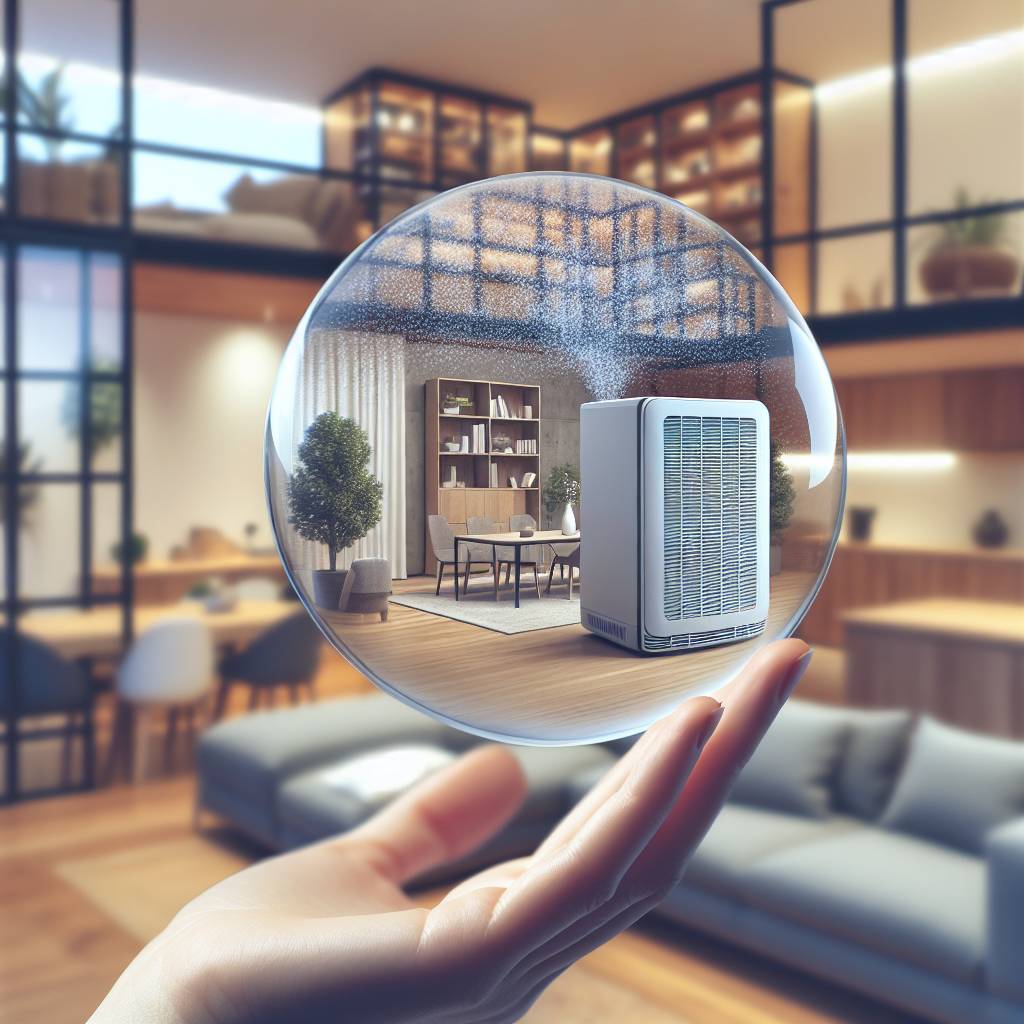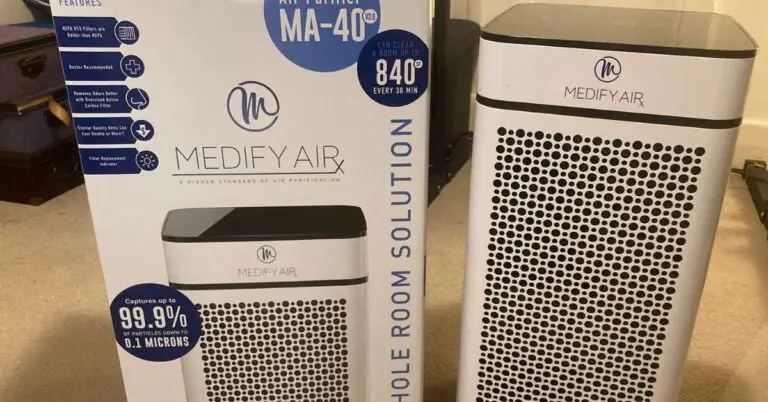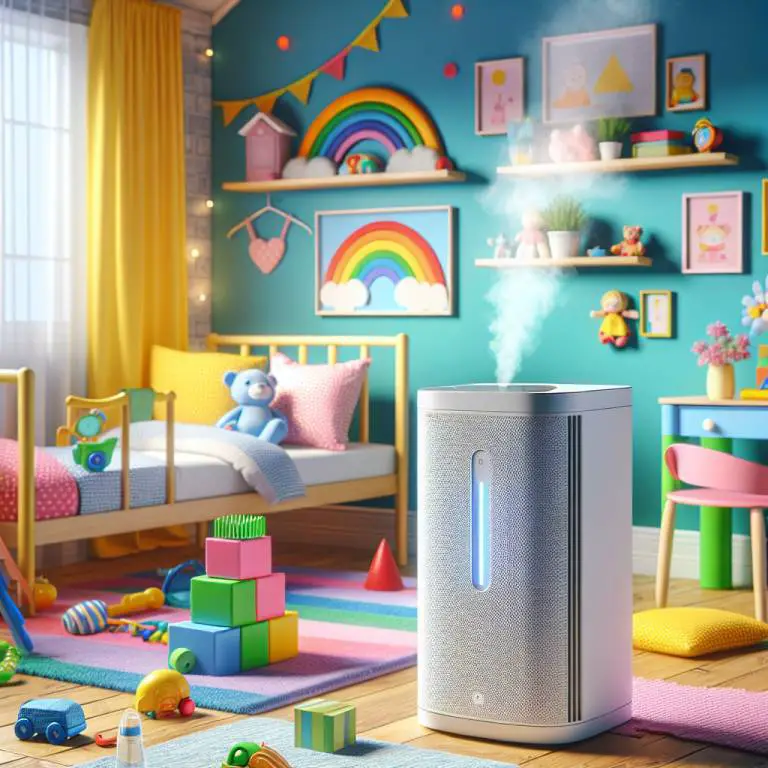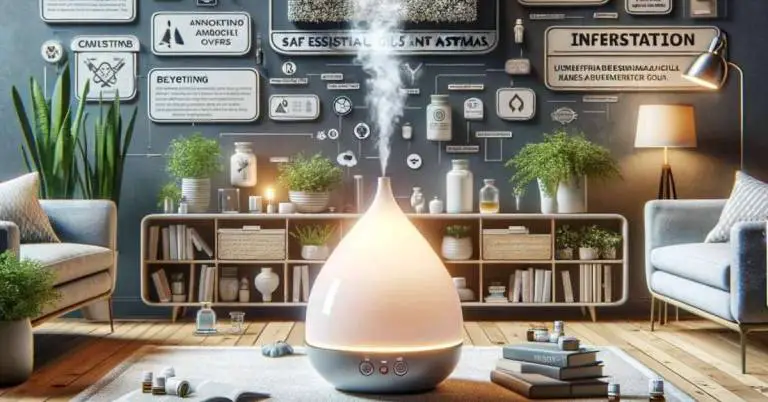The Impact Of Air Purifier Filter Changes On Asthma
Changing air purifier filters regularly can greatly help control asthma symptoms. Experts recommend replacing filters every 3 to 6 months for the best results. This keeps the air clean and reduces asthma triggers like dust and pollen in your home. Remember, a clean filter means cleaner air, which is crucial for people with asthma.

How do air purifier filters affect asthma symptoms?
Air purifier filters play a crucial role in managing asthma symptoms. They work by trapping and removing various airborne particles, such as dust, pollen, and pet dander, that can trigger asthma attacks. By cleaning the air of these irritants, air purifiers help reduce the frequency and severity of asthma symptoms.
Moreover, certain air purifiers are designed to capture even smaller particles like smoke and microscopic allergens. This is particularly beneficial for individuals with asthma as it minimizes their exposure to potential triggers in their environment. Consequently, using an air purifier with an effective filter can significantly improve the quality of life for those suffering from asthma by providing a cleaner breathing space.
What types of air purifier filters are best for individuals with asthma?
The best types of air purifier filters for individuals with asthma are HEPA (High-Efficiency Particulate Air) filters and activated carbon filters. HEPA filters are highly efficient at capturing tiny particles down to 0.3 microns in size, including most allergens and irritants that can provoke asthma symptoms. These filters ensure that the air circulating back into the room is much cleaner and healthier to breathe.
Activated carbon filters complement HEPA filters by absorbing gases and odors that can also trigger asthma attacks. While HEPA filters deal with solid particles, activated carbon takes care of chemical vapors and smells, offering a comprehensive approach to improving indoor air quality for asthmatics. Together, these two types of filters provide a powerful defense against both particulate matter and gaseous pollutants.
Searching for effective asthma relief? Our favorite air purifier for asthma could be your best bet. Learn about its impact on indoor air pollution. Get the details now.
How often should air purifier filters be changed for optimal asthma control?
The frequency at which air purifier filters should be changed varies depending on several factors including the type of filter, the model of the air purifier, and how polluted the indoor environment is. Generally speaking, HEPA filters should be replaced every 6 to 12 months for optimal performance. However, in homes where airborne allergens are more prevalent or if someone smokes indoors, it might be necessary to change them more frequently.
It’s important for individuals with asthma to follow the manufacturer’s recommendations on filter replacement and consider their household conditions when determining how often to replace their air purifier’s filter. Regularly replacing the filter ensures that the air purifier continues to operate efficiently at removing airborne triggers that could worsen asthma symptoms.
Can using an old air purifier filter worsen asthma symptoms?
Yes, using an old or clogged air purifier filter can indeed worsen asthma symptoms. Over time, as a filter traps more particles from the indoor environment, its efficiency at capturing new contaminants decreases. This not only reduces its effectiveness but can also lead to poor indoor air quality since a saturated filter may release trapped particles back into the room.
Furthermore, an overused filter puts additional strain on the air purifier’s motor due to decreased airflow through the clogged filter material. This not only leads to higher energy consumption but may also result in inadequate filtration of airborne triggers for asthmatics. Therefore, timely replacement of your air purifier’s filter is essential in maintaining its performance and protecting against exacerbation of asthma symptoms.
| Filter Type | Recommended Change Frequency | Impact on Asthma Control |
|---|---|---|
| HEPA Filter | 12-18 months | High efficiency in removing airborne particles, including allergens, dust, and pet dander, which can trigger asthma symptoms. |
| Activated Carbon Filter | 3-6 months | Effective in removing gases and odors that can irritate the airways and exacerbate asthma symptoms. |
| Pre-Filters | Every 1-3 months | Traps large particles, extending the life of the HEPA and activated carbon filters, and maintaining air quality for asthma control. |
| UV Filters | Check manufacturer’s recommendation | Can kill bacteria and viruses in the air but does not remove particles; used in combination with HEPA for optimal asthma control. |
| Ionizer Filters | Check manufacturer’s recommendation | May reduce airborne particles but can produce ozone, which might worsen asthma symptoms in some individuals. |
What are the signs that an air purifier filter needs to be changed for someone with asthma?
One clear sign that an air purifier filter needs changing is an increase in asthma symptoms. If someone notices more coughing, wheezing, or difficulty breathing, it might be time to check the filter. These symptoms can worsen when the air quality inside a home declines, which often happens when a filter is full and can no longer trap pollutants effectively.
Another indicator is visible dust around the air purifier or a musty smell coming from the device. This suggests that the filter is overloaded with particles and cannot clean the air properly. Regularly inspecting the filter for accumulation of dirt and debris can help determine if it’s time for a replacement to maintain optimal indoor air quality for asthma sufferers.
How does the environment affect the frequency of changing air purifier filters for asthma sufferers?
The environment plays a significant role in how often an air purifier filter should be changed, especially for individuals with asthma. In areas with high pollution levels or during seasons when allergens like pollen are prevalent, filters may need to be replaced more frequently. Pollutants and allergens can clog filters quickly, reducing their effectiveness and potentially exacerbating asthma symptoms.
Similarly, households with pets might find themselves needing to change their air purifier filters more often due to pet dander. The presence of smokers in a home can also affect how quickly a filter gets saturated with contaminants. Monitoring these environmental factors helps in determining an appropriate schedule for replacing filters to ensure they continue to benefit individuals with asthma.
What steps should be taken when changing an air purifier filter to ensure it benefits asthma symptoms?
When changing an air purifier filter, it’s important first to turn off and unplug the device. This ensures safety during the replacement process. Next, carefully remove the old filter according to the manufacturer’s instructions, being mindful not to release trapped particles back into the air. It might be helpful to wear a mask during this step if you’re sensitive to dust and allergens.
After removing the old filter, insert a new one making sure it fits securely in place. It’s crucial to use a filter recommended by the manufacturer or one that meets equivalent standards specifically designed for asthma sufferers. Once replaced, plug in and turn on the device immediately so it can start improving indoor air quality right away. Regular maintenance checks on other parts of the air purifier are also advisable to ensure its overall efficiency.
Final Thoughts
Maintaining clean indoor air is crucial for managing asthma symptoms effectively. Recognizing when an air purifier filter needs changing and understanding how environmental factors influence this necessity are key components of this process. By following simple steps for replacing filters and considering specific conditions that may require more frequent changes, individuals with asthma can enjoy cleaner indoor environments conducive to better respiratory health.
In conclusion, staying vigilant about maintaining your air purification system will significantly contribute towards controlling asthma symptoms at home. Ensuring that you replace your filters regularly as needed will help keep your living space free from airborne irritants that could otherwise trigger or worsen your condition.






